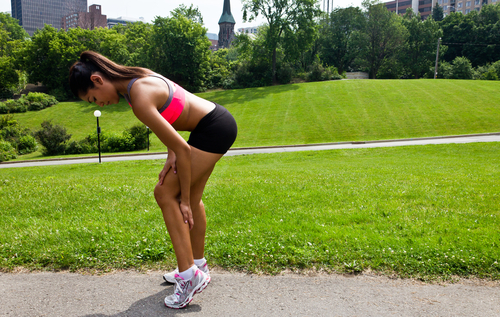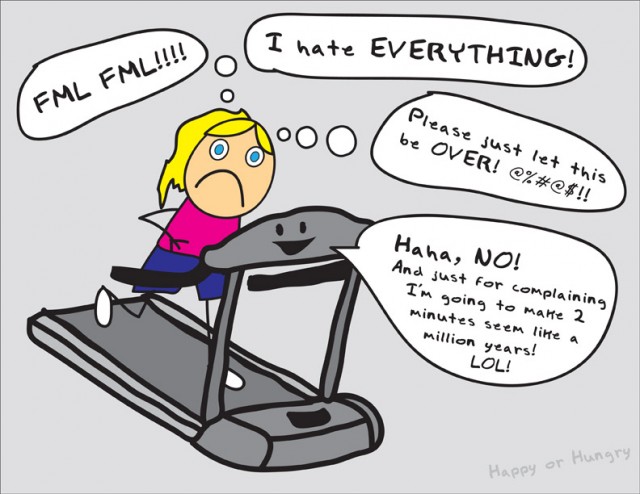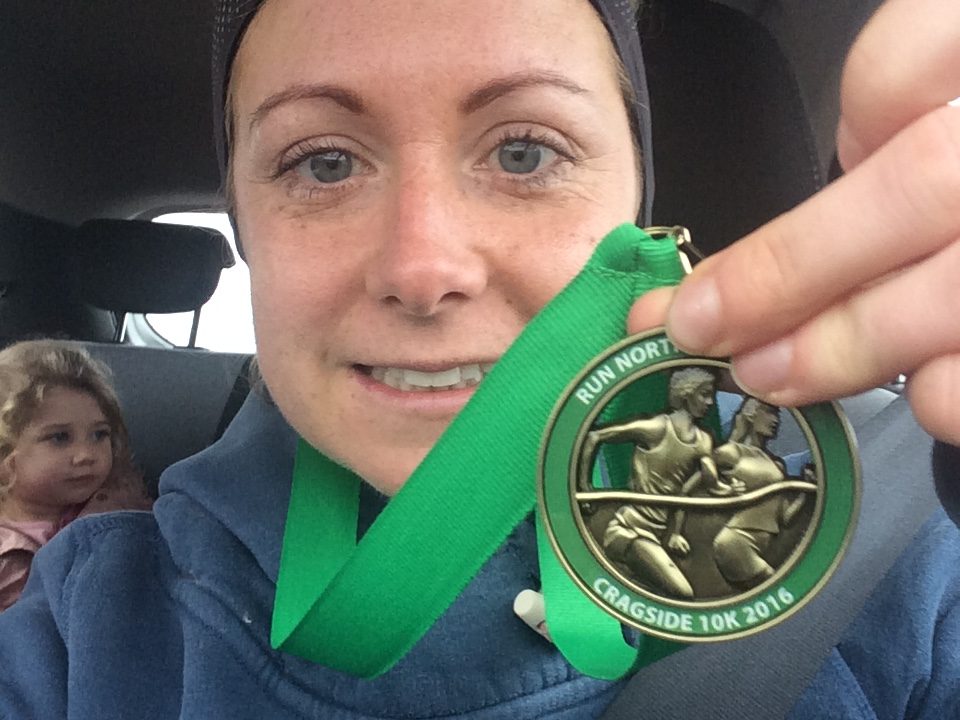Running Bugs!!
Abs-not-so-fab
8 December 2015
Nice Pair!!
14 January 2016As the ballot opens for the Great North Run, I’ve started to get over excited with the miles my little legs can manage. Like many runners out there, I suffer from a persistent running injury that when it strikes can put me out of action for weeks. Fortunately, in recent months, I’ve learned more about my body and the injury: in my case the problem is Illiotibial Band Syndrome (ITBS) and like many injuries, can be managed and reoccurrence can be prevented. Some of the most common running injuries include:
- Patellofemoral (runners knee: tender pain behind the kneecap)
- Achilles Tendonitis (swelling of the Achilles)
- Plantar Fasciitas (inflammation or tearing of tissues on the bottom
 of the foot)
of the foot) - Shin Splints (inflammation of the muscles and tendons covering the shin)
- Patella Tendonitis (tiny tears in the tendons connecting the kneecap to the shinbone)
- Stress Fractures (tiny cracks in the bone caused by repeatedly pounding more force than the legs can bear)
Enough to put you off right? Not a chance, when you’ve got your  eye on that big event. If you’ve got your mind set on a half or full marathon, you know you need to rack up the mileage, but you also know, you’re only making that injury worse if you don’t get it sorted. Below are my tips for getting over those injuries and preventing them coming back.
eye on that big event. If you’ve got your mind set on a half or full marathon, you know you need to rack up the mileage, but you also know, you’re only making that injury worse if you don’t get it sorted. Below are my tips for getting over those injuries and preventing them coming back.
- Get it checked: before you take another step, get yourself seen by a physiotherapist to confirm your injury is what you think it is. Not only will they correctly diagnose the injury, they will give you the correct exercises to treat your injury, advise you on how to avoid making it worse and if it is more serious than you think, they will refer you to the correct specialist.
- Warm up and cool down: sounds simple right? Not exactly…..when you’ve been running well and hitting your distances, it’s easy to get carried away by getting in more miles and spending less time
 warming up, stretching and cooling down. As well as using a foam roller to stretch and massage before every run, I now walk the first and last 1/4 mile, and spend time stretching before and after. This all takes a good half an hour, and would be easy to miss out. Stupidly this week, I did miss some of this out and am now paying for it. By trying to save a few minutes and get on with my run, this has resulted in a few days rest….much to my Fitbit challenger friends delight ;o)!!
warming up, stretching and cooling down. As well as using a foam roller to stretch and massage before every run, I now walk the first and last 1/4 mile, and spend time stretching before and after. This all takes a good half an hour, and would be easy to miss out. Stupidly this week, I did miss some of this out and am now paying for it. By trying to save a few minutes and get on with my run, this has resulted in a few days rest….much to my Fitbit challenger friends delight ;o)!! - Increase your mileage slowly: try increasing your mileage by 5-10% per week to avoid overuse injuries. Even after a short break from running it is important to reduce your mileage initially until you find your stride.
- Focus on good form: focus on your running technique by concentrating on your whole body during your runs. It’s easy to get lost in your music and the beautiful scenery you may be running around, but bad form will literally cause you pain in the long run!!!! here’s a link to quick video on good running form https://vimeo.com/33667983
- Wear the right trainers and change them regularly: if you plan on taking part in an organised run, chances are you’ll be wearing them every other day so it’s important to get them right. Many injury specialist clinics and specialist running shops offer a Gait Analysis, where they will observe the way you run and advise the right footwear to help avoid any further injuries. When you find the right shoe, remember to replace them after 450 miles, if not before.
- Take care: not only with your form, but where you are running and don’t overdo it. It’s difficult to always run on level ground, but it is possible to take care where you are running. Don’t twist and turn too fast to avoid that puddle, or that muddy grass, and when those legs start to tire too much to keep up the good form, take that as a sign that you’ve reached your limit.
- Strengthen your legs: it’s easy to become obsessed with running as much as you can, particularly leading up to races and events; but make sure you find time to work on strength training. Another schoolboy error of mine this week was to run when I haven’t done any strength training for a few weeks over the Christmas period. Compound moves such as weighted deadlifts and back squats work your whole body and help strengthen the muscles in the legs, which in turn supports the joints you may be feeling pain in.
Good luck with keeping injuries at bay…..and if you haven’t signed up to any yet, then just do it…….it’ll help to keep you motivated on these cold and wintery days!!!




